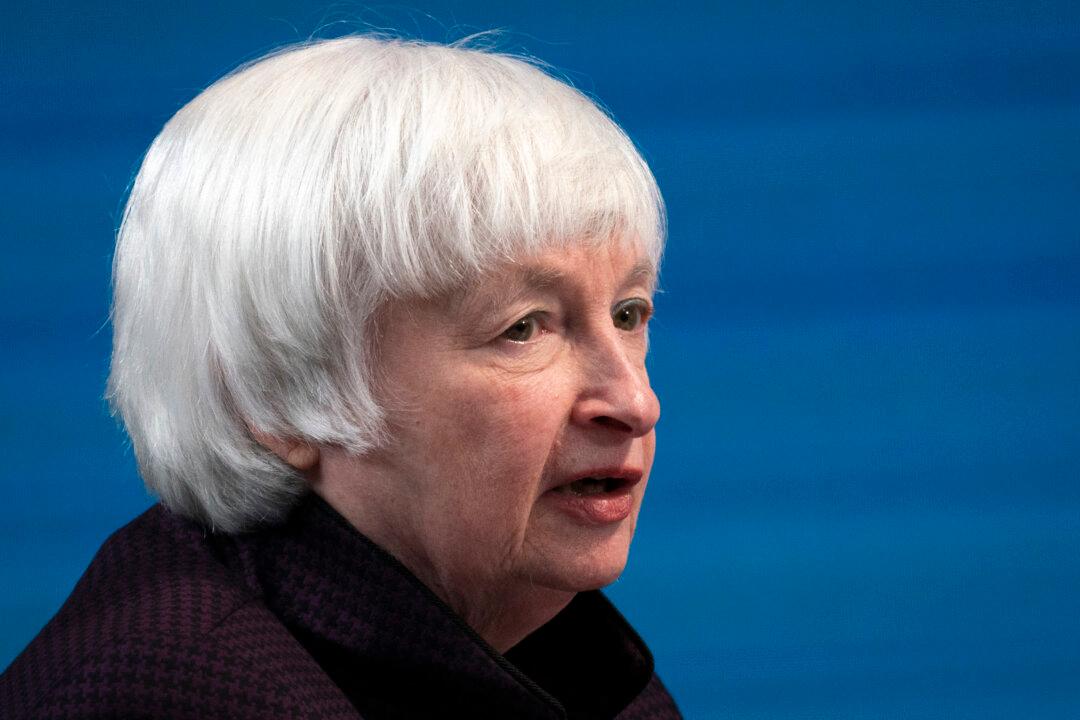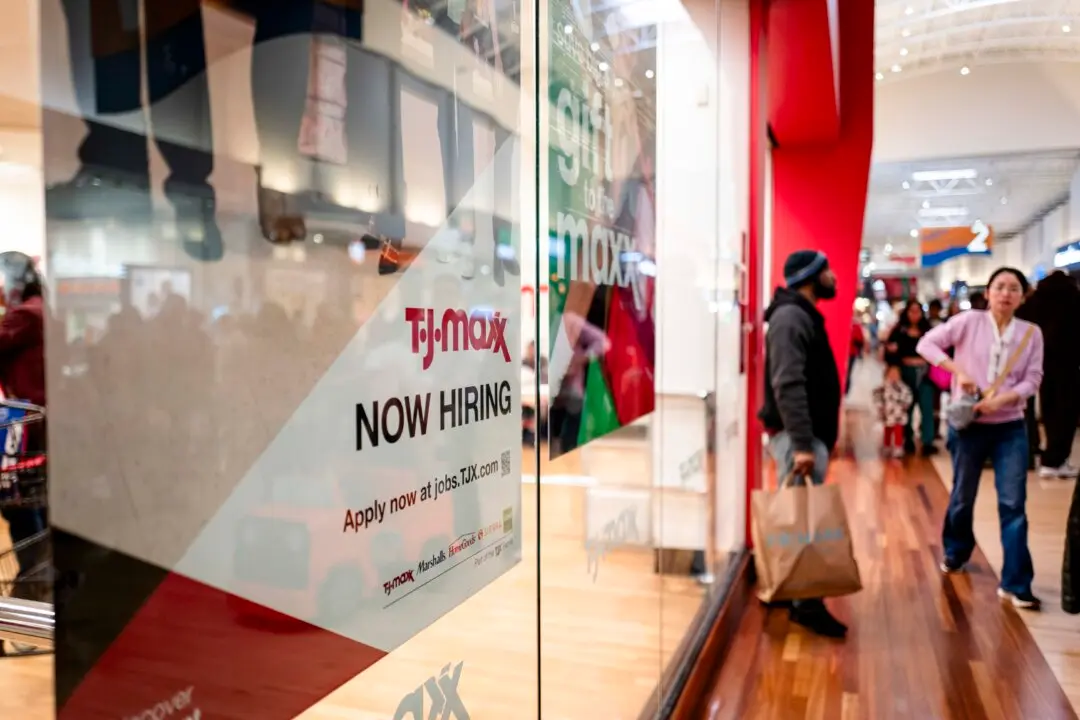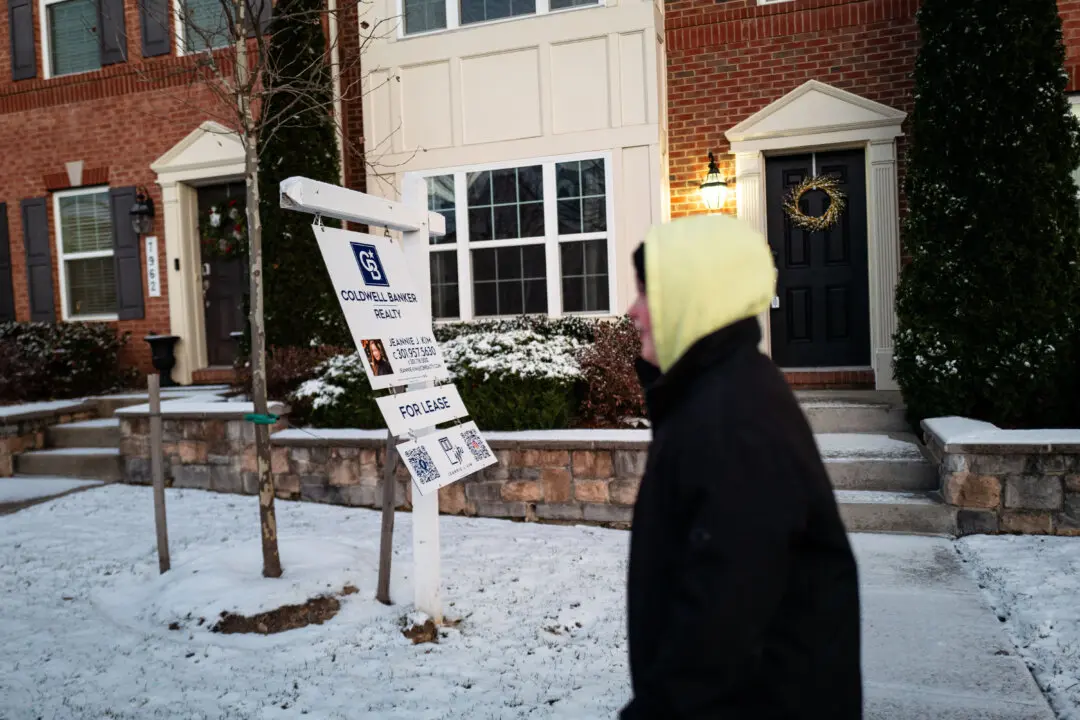President Joe Biden’s $1.9 trillion American Rescue Plan did contribute to inflation, Treasury Secretary Janet Yellen conceded on May 4.
Speaking in an interview with Matt Murray, editor-in-chief of The Wall Street Journal, the former head of the Federal Reserve said the White House’s enormous spending did play a role in the current inflationary environment, noting that it was “justified” because of the various economic risks.





